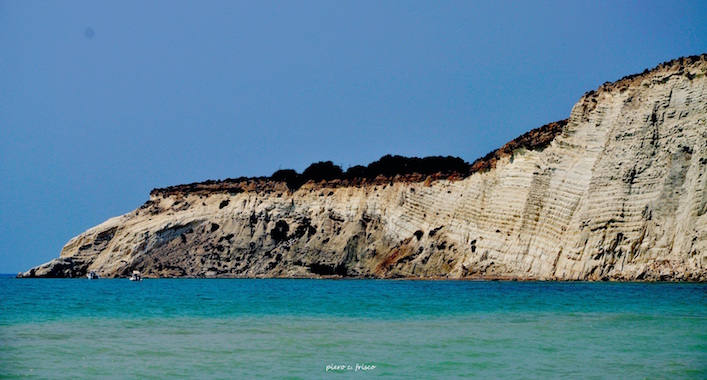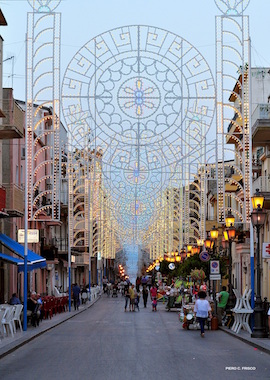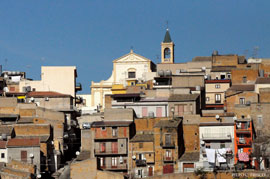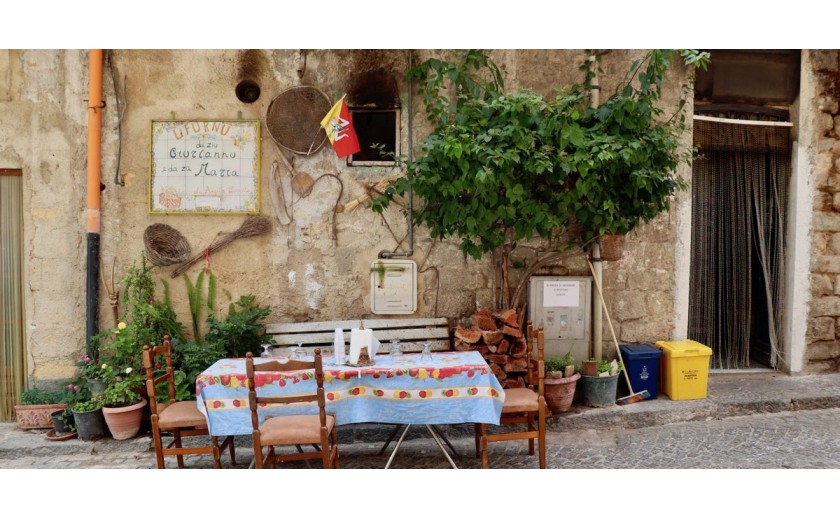Articolo Americano sulla Cucina dei Monti Sicani
Eating in the Sicani Mountains: Sicily’s Gastronomic Treasure
Despite being a national park, the Sicani Mountains between Palermo and Agrigento are not well known. Still, they offer a gastronomic treasure trove of Sicilian cuisine.
In the Sicani Mountains you’ll find the purest, most intimate and genuine expression Sicily’s essence. Located halfway between the provinces of Palermo andAgrigento, it’s the third largest natural park in Sicily. The main town is Palazzo Adriano, “the most beautiful small town in Sicily,” where the masterpiece Cinema Paradiso was filmed. As can be seen in the Archaeological Museum of Sant’Angelo Muxaro, the Sicani are also the oldest people to have inhabited central-southern Sicily, as far back as 13,000 years ago. Their name is actually a cross between Siculi and Siciliani. Later, from the 6th century BC, Greeks, Romans and Arabs passed through, and they all turned the Sicani mountains into a land devoted to hospitality and immense generosity. Pierfilippo and Maria Rita of Val di Kam, the first and only business working to make this area better known in the world, are well aware of this.
The ricotta of the Sicani
It’s thanks to such a rich biodiversity that ricotta and dairy products are the gastronomic crown jewel of the Sicani. In fact, the ricotta at the base of many Sicilian sweets, like cannoli and cassata, comes from here, where the pinzirita sheep (one of the endangered local species) is still milked by hand and where it’s common to hear the cheesemonger driving around the towns crying, “ricotta and whey, ricotta and whey!” There’s also the Sperikotta Company of San Biagio Platani, known for the already sweetened ricotta cream, ready forcannoli, which travels as far as America. Every January 6, for the Epiphany, Sicilian ricotta is celebrated in Sant’Angelo Muxaro, where older people use it to prepare recipes on stoves set up in the square, just like in the past.
Oregano, cunzato bread and U Furnu di Zia Maria
The Sicani produce one of the greatest quantities of oregano, not only cultivated varieties but also spontaneous and wild ones. Try one of the typical dishes of the area, the pane cunzato which is even more essential than the most famous one from Scopello. It’s a simple roll with a crispy crust seasoned only with oil and oregano. But no one makes it quite like Zia Maria in one of the oldest bakeries in the region, the U Furnu in Sant’Angelo Muxaro.
The IGP Bivona peach
Also called montagnola peach, there are 4 types: murtiddara, bianca, agostina, settembrina. It has a unique scent all its own, unlike any other peach, and its creamy white flesh has slight red veins with a sweet and aromatic flavor. They ripen between the end of August and the first ten days of September. Since 2014 it has been protected by the IGP denomination, which has made Bivona the town of peaches. Every summer a festival is held in their honor.
The Valle del Platani pistachio
In reality it is not so different from the one from Raffadali, given that both belong to the same production area. Yet due to a question of names, a war is going on between these two pistachios. The one from the Valle del Platani is known for its healthy characteristics; it seems that its constituent palmitoleic acid makes this pistachio a natural antioxidant, which helps with cholesterol problems. The goal of the Pistacchio Valle del Platani association, with its 40 producers and 6 processors, is to obtain geographical recognition by demonstrating its beneficial effects. In the meantime, try it on pizza at Eden, the only pizzeria in Sant’Angelo Muxaro, owned by Rosario and Riccardo di Raimondo.
A nursery where you can discover Sicilian biodiversity
If there is an area of Sicily that is really rich in biodiversity, this is it. With more than 400 types of medicinal and aromatic herbs and about 60 different types of trees, Dal Pollice Verde is emblematic of this botanical diversity. It’s owned by Aldo, who traveled the world for 40 years of his life and then decided to return to his home town San Biagio Platani and start building wooden houses (he gives sensational massages in one of his tree houses) and growing all sorts of plants; from restoring almond and olive groves, to capers, lavender, ancient grains, wild fennel, Mediterranean wild thyme (different from the others), infinite varieties of sage, sumac (an African spice), and so on. For all these reasons, Aldo was one of the seven founders of the Sicilian Organic Agriculture Organization and is currently considered one of the top experts on biodiversity in the Park. Anyone can spend time with him, but be careful never to pay him. Here, as in the rest of the Sicani area, the rule of barter still applies.
https://www.lacucinaitaliana.com/trip-to-italy/southern-italy/sicily-gastronomic-treasure-trove-eating-sicani-mountains?fbclid=IwAR3ua5srqzUefMRlfSBolsX5Uz-YZu1dX_dLaeykKV2xxLzNLXyEVLZazhU











